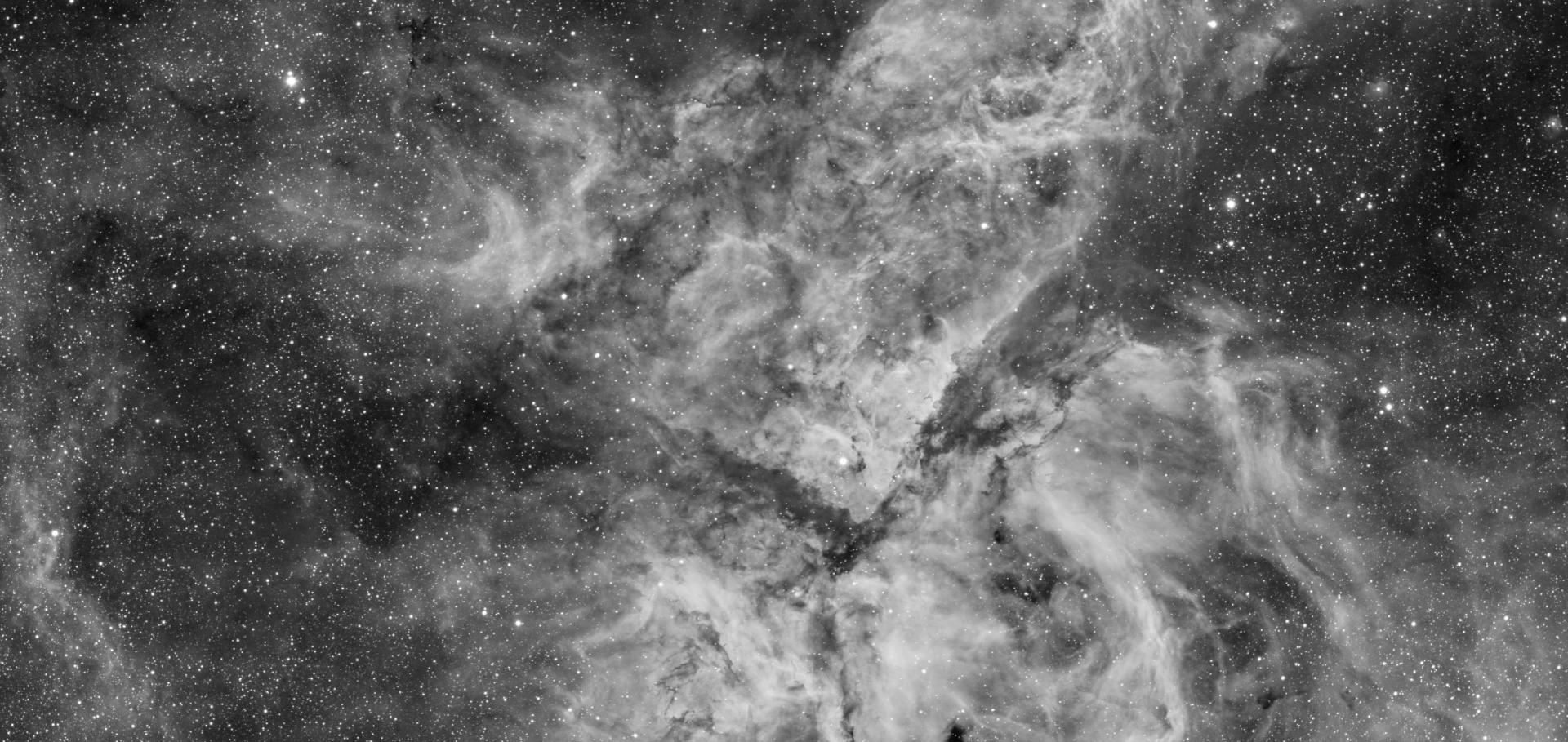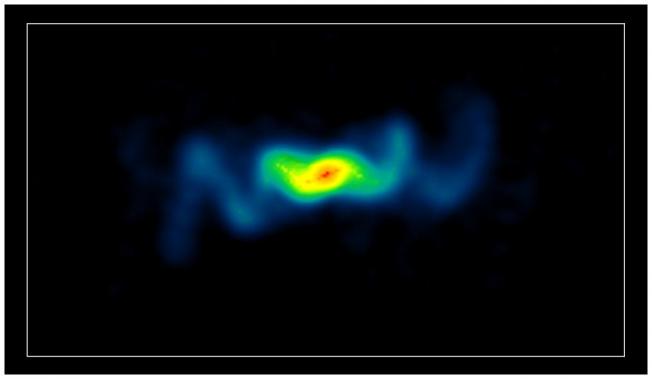Particle transport in complex flows
ASTR SOC P 250 (2002) 340-344
Abstract:
This work presents new kinds of numerical schemes adapted to the transport and the acceleration of relativistic particles in complex multi-dimensional astrophysical flows. They use stochastic differential equations (SDE) equivalent to the diffusion-convection equation (DCE) for cosmic rays. The discretized SDE allows a time reconstruction of the particle distribution function of the relativistic particles. The method is first tested in ideal simple cases of shock acceleration with radiative losses. The ability of the different SDE schemes to solve more complex problems and their limitations are also addressed. The schemes are then applied to the transport of radio-emitting electrons in extragalactic jets. It is shown that a rescaling procedure for the diffusion coefficients can be used to compute of radiative jet structures. Finally, uses of the SDEs in conjunction with with 2D-3D (magneto-)hydrodynamical simulations are considered.Particles and fields in radio galaxies: a summary
ASTR SOC P 250 (2002) 487-498
Abstract:
A summary is presented of a meeting on Particles and Fields in Radio Galaxies held in Oxford in August 2000. Recent detailed studies of radio maps and the first X-ray images from the Chandra X-ray Observatory, together with new capabilities in simulating hydromagnetic flows, are transforming our understanding of how jets are formed by accretion disks orbiting massive black holes, how these jets dissipate and how they inflate the giant radio-emitting lobes by which they were first identified. As they can be imaged in such detail, extragalactic radio sources remain central to the study of jet outflows in general although there is a strong convergence with corresponding studies of Galactic superluminal sources, gamma ray bursts and young stellar objects..Polarization observations of the hot-spot Pictor A West: shocks in backflows?
ASTR SOC P 250 (2002) 259-263
Abstract:
We present optical polarization maps of the western hot-spot of the radio galaxy Pictor A. We confirm the presence of optical emission in a bar-shaped structure extending over 24 arcsec perpendicular to the jet direction upstream of the hot-spot. We find its optical emission to be highly polarized with magnetic vectors being aligned perpendicular to the jet axis. From the high degree of polaxization we infer that the extended optical emission is of synchrotron origin. Radiative lifetimes of electrons emitting synchrotron emission at frequencies as high as 10(14) Hz are much shorter than diffusion time scales of particles accelerated within a narrow jet. Among different ways. to account for local acceleration of these electrons, we favour a scenario explaining the extended bar-shaped region as a shock-front in the back-flow of the radio-jet.Radio galaxies and energetics of the intracluster medium
ASTR SOC P 250 (2002) 443-448
Abstract:
The time- and ensemble-averaged mechanical energy outputs of radio galaxies may be large enough to offset much of the cooling inferred from X-ray observations of galaxy clusters. But does this heating actually counterbalance the cooling, diminishing cooling flows or quenching them altogether? I will argue that energy injection by radio galaxies may be important even in clusters where no active source is present, due to the likely intermittency of the jets. If the energy injected by radio galaxies percolates through the intracluster medium without excessive mixing, it could stabilize the atomic cooling responsible for X-ray emission.Radio galaxy spectra
ASTR SOC P 250 (2002) 400-403



